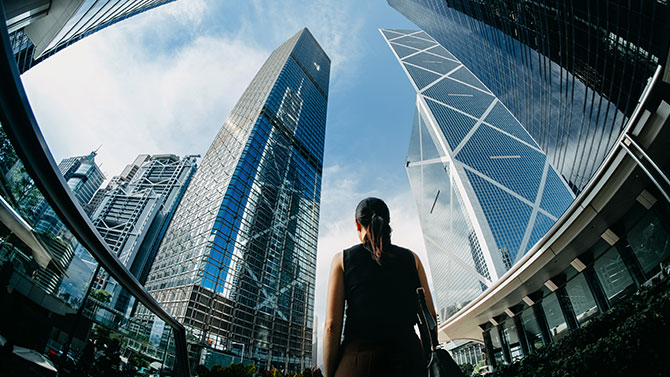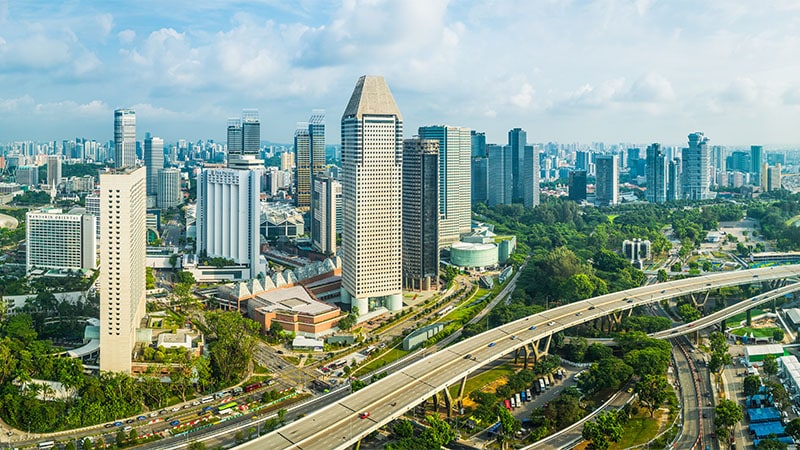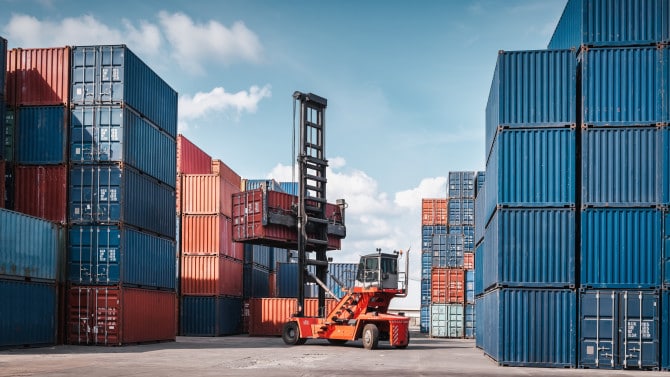
Although 2022 saw most Asia Pacific (APAC) markets, with the exception of China, begin to shake off the effects of regional COVID restrictions, as investors look to 2023 they find themselves confronted with a different, but no less dangerous, set of threats: high inflation, rising interest rates, unsustainable levels of public- and private-sector debt, and an impending global recession.
This 17th edition of Emerging Trends in Real Estate, a joint undertaking between PwC and the Urban Land Institute (ULI), aims to shed light on real estate investment and development trends, and other issues within APAC.
Key findings
- Singapore placed first in this year’s investment prospect and city development prospect rankings
Overseas investment rose by double-digit figures in Singapore, which has received capital that in other years might have been directed to China, Hong Kong, and Japan. Southeast Asian emerging markets such as Indonesia, the Philippines, and Vietnam also migrated upwards, as investors chase high rates of economic growth and emerging consumer classes.
- Making Net Zero happen
Achieving net zero carbon emissions has become an essential part of many regional investment strategies. Compliance with international reporting standards, in particular the European Union’s 2021 Sustainable Finance Disclosure Regulation (SFDR), is increasingly important. On a regional basis, real estate carbon efficiency standards remain low, with Australia and Singapore leading the pack by a wide margin.
- Asia Real Estate transaction volumes fall with 2022 Q3 falling 38% YOY the lowest third-quarter total in the Asia Pacific for a decade
Both deal count and buyer numbers also fell significantly, and with the value of terminated deals during the quarter totaling almost 20% of completed transactions, the current supply pipeline offers little hope of an early turnaround. Singapore, meanwhile, was the sole major market to buck the downward trend, with investment volumes soaring 47% year-on-year (YOY) to US$9.1 billion.
- Inflation increases development risk
In Singapore, an increase in construction costs of “easily 15%” was noted during 2022 by one local developer, mainly attributable to increased material costs. In addition, manpower shortages due to tighter labour laws have resulted in construction delays and increased costs due to higher salaries.

Stagflationary combination creates an environment for which there is no modern-playbook. Investors will have to adapt to a new market reality that brings with it a number of fundamental changes
Cap rates will move out
Years of cheap and easy liquidity have had a predictable effect on real estate, causing asset prices to soar and yields to compress. But as rising interest rates now begin to revert to mean, property yields must rise with them in order to maintain a spread over the cost of debt. This process has so far been slow to occur in APAC markets, although both Australia and South Korea are beginning to see a degree of cap rate expansion. In the end, though, many interviewees expect regional cap rates will rise an average of 100 to 150 basis points in 2023. One exception may be Japan, which is expected to maintain its ultra-low interest rate environment, Japanese cap rates should therefore remain relatively stable, making Tokyo a magnet for foreign investment funds.
Investors seek defensive havens
Investors have begun re-aligning strategies in favour of more defensive property types, focusing in particular on features such as rent indexation, shorter lease terms that can be revised upwards more easily, and reliable recurrent income. The “bed space”, including subtypes such as multifamily, hotels, senior living, and student housing, is one such sector. Logistics, where structural undersupply will continue to underpin demand, and where rent typically is a relatively smaller part of the overall cost of business, is another. Specialist asset classes such as data centres, cold storage, and life sciences, meanwhile, have “sticky” qualities as well as long index-linked leases and generally high rents.
Rising risk hits development projects
Build-to-core strategies became popular in recent years as a way to manufacture new product in an environment with an overall shortage of high-quality building stock. But with construction costs and interest rates rising and a weak outlook for occupier demand, many new projects have been put on hold.
Mainstream assets become less popular
Offices have always been the biggest recipients of regional investment capital, but questions over occupier demand, especially as remote-working practices continue, have eroded their popularity. Demand continues to be strong, however, for modern, high-quality buildings that are in demand by occupiers looking to lure staff back to the office. Investors are also rotating out of the retail sector and into new-economy themes such as logistics, although retail yields and values have re-rated to such an extent that a growing number of investors are looking at prime, well-located retail assets as contrarian plays.
Contact us












